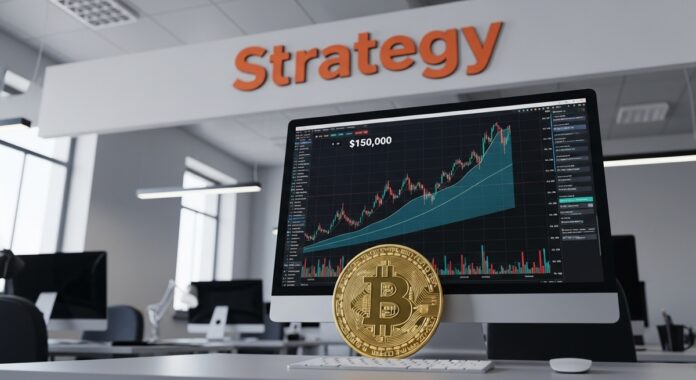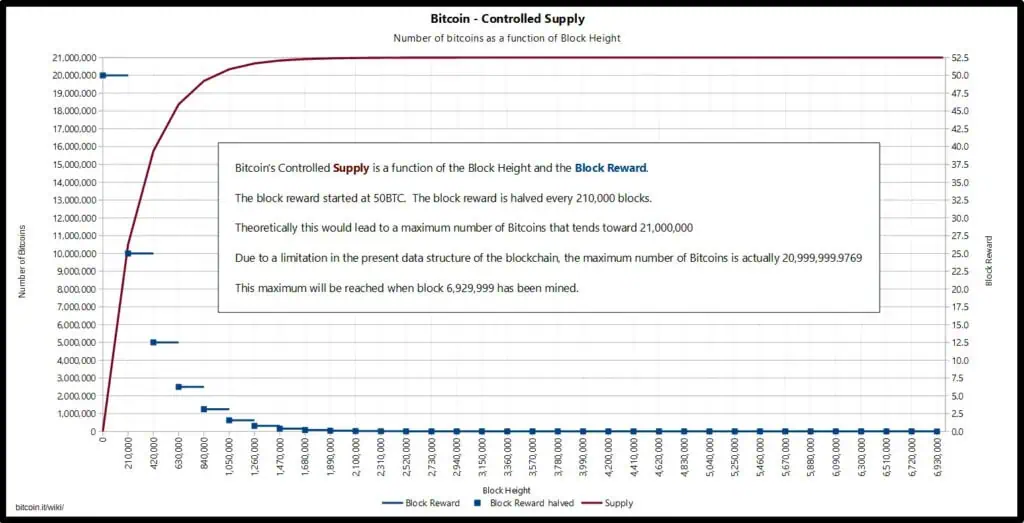
Michael Saylor, one of the most influential figures in the world of cryptocurrencies, has shared an ambitious vision for Bitcoin.
Based on his analysis and experience, Saylor expressed that he firmly believes the leading cryptocurrency could reach a value of $150.000 before the end of the year.
In a interview In a recent interview with CNBC, Strategy CEO Saylor shared his projection, based on solid fundamentals, including growing institutional interest, mass adoption, and market dynamics aligned with future growth. For Saylor, Bitcoin reaching $150.000 in the remaining two months of the year is not just a distant goal, but a concrete possibility that reflects the transformation and consolidation of the leading cryptocurrency as an increasingly relevant asset in global finance.
Saylor argues that the macroeconomic environment and the structural evolution of the financial system are creating a favorable scenario for Bitcoin. Furthermore, he cited the increasing willingness of banks like JPMorgan and BNY Mellon to accept Bitcoin as collateral, along with a more receptive stance from Washington, as reinforcing his thesis and demonstrating that we are witnessing the emergence of... a digital capital marketand that Bitcoin would be its cornerstone.
Saylor sees BTC at $150K. Buy on Bit2MeOne of the milestones supporting his vision is the recent credit rating awarded by S&P to Strategy, the first ever for a company focused on Bitcoin. Although the B- rating is considered speculative, Saylor interprets it as an initial step toward formal recognition of Bitcoin as collateral in credit operations. In his words, this is a sign that the traditional financial system is beginning to integrate the logic of digital assets.
Bitcoin: Institutional Adoption and Programmed Scarcity
Saylor's argument rests on two pillars: the Bitcoin's structural scarcity and growing institutional adoptionWith a limited supply of 21 million units, Bitcoin presents a fixed supply dynamic that contrasts with the monetary expansion of fiat currencies, and, in a context of persistent inflation and volatile interest rates, this characteristic makes it an attractive store of value for actors seeking to preserve capital in the long term.

The entry of financial institutions, investment funds, and corporations into the crypto ecosystem has accelerated this scarcity. Strategy, the company Saylor founded, has been one of the pioneers in incorporating Bitcoin into its corporate balance sheet, maintaining 641.205 BTCvalued at over $68.277 billion to date. But the phenomenon already transcends individual cases. According to Saylor himself, there is a growing consensus among analysts about Bitcoin's potential as a strategic, not just speculative, asset.
This shift in perception has profound implications. If Bitcoin begins to be used more as collateral in lending transactions, as some banks are already exploring, it could be integrated into financial circuits that have been foreign to it until now. This would not only increase its liquidity but also solidify its role as a foundational asset in a new type of financial architecture.
BTC could close the year at $150K. Trade here.$150.000 per BTC by the end of 2025 and one million in a decade
In addition to his bold prediction that Bitcoin will reach a value of $150.000 by the end of this year, Saylor isn't limiting himself to 2025. In fact, his forecast of Bitcoin at $1 million in less than a decade and $20 million in twenty years It proposes a radical transformation in how value, investment, and monetary policy are conceived. If these figures materialize, the impact would not only be financial, but also institutional and geopolitical.
In this scenario, Bitcoin would cease to be an alternative and become a benchmark. Its programmed scarcity, combined with growing demand, could generate sustained appreciation, positioning it as a global reserve asset. This would imply adjustments in the strategies of central banks, sovereign wealth funds, and large corporations, which would have to reconsider their capital allocation models.
Furthermore, Bitcoin's consolidation as a structural asset could accelerate the development of digital market infrastructures. From blockchain-based credit systems to decentralized settlement platforms, the financial ecosystem would be forced to adapt to a more transparent, programmable, and tamper-resistant logic.
According to Saylor, this process is already underway. Strategy's credit rating, the acceptance of Bitcoin as collateral by traditional banks like JPMorgan, and the more favorable tone from Washington are signs that structural change has begun. In his words, “Bitcoin is the foundation of a digital capital market that is emerging before our very eyes.”
Bitcoin is scarce. Enter the market today.Bitcoin: pillar of the financial system
With just two months left in the year, the market is watching closely to see if Saylor's prediction will come true. Reaching $150.000 would imply a rise of nearly 35% in this period, from its current price, in addition to a significant acceleration in demand, especially from the institutional sector. But beyond the specific price, what's also at stake is the validation of a narrative that has gained traction: that of Bitcoin as a structural asset in a financial system in transition.
Saylor's optimism is based not on promises, but on concrete signs. The progressive integration of Bitcoin into traditional financial systems, banks' willingness to use it as collateral, and the emergence of credit ratings linked to crypto companies are all elements that point to a profound reconfiguration of the entire ecosystem.
In this context, the price of BTC is just one expression of a broader transformation. Saylor argues that Bitcoin is evolving from an alternative to a key infrastructure of the financial market. If this view is confirmed, reaching $150.000 could be just another milestone in a much larger and more significant stage for the cryptocurrency and the digital market.
Bit2Me connects you to BTC. Create your account here

